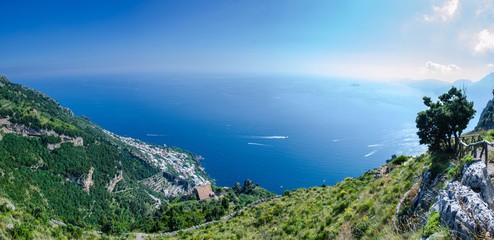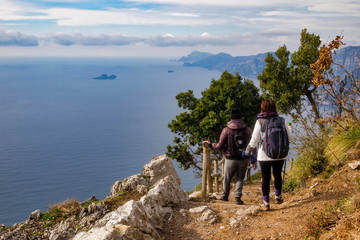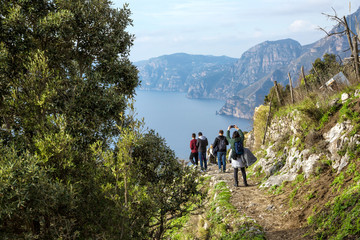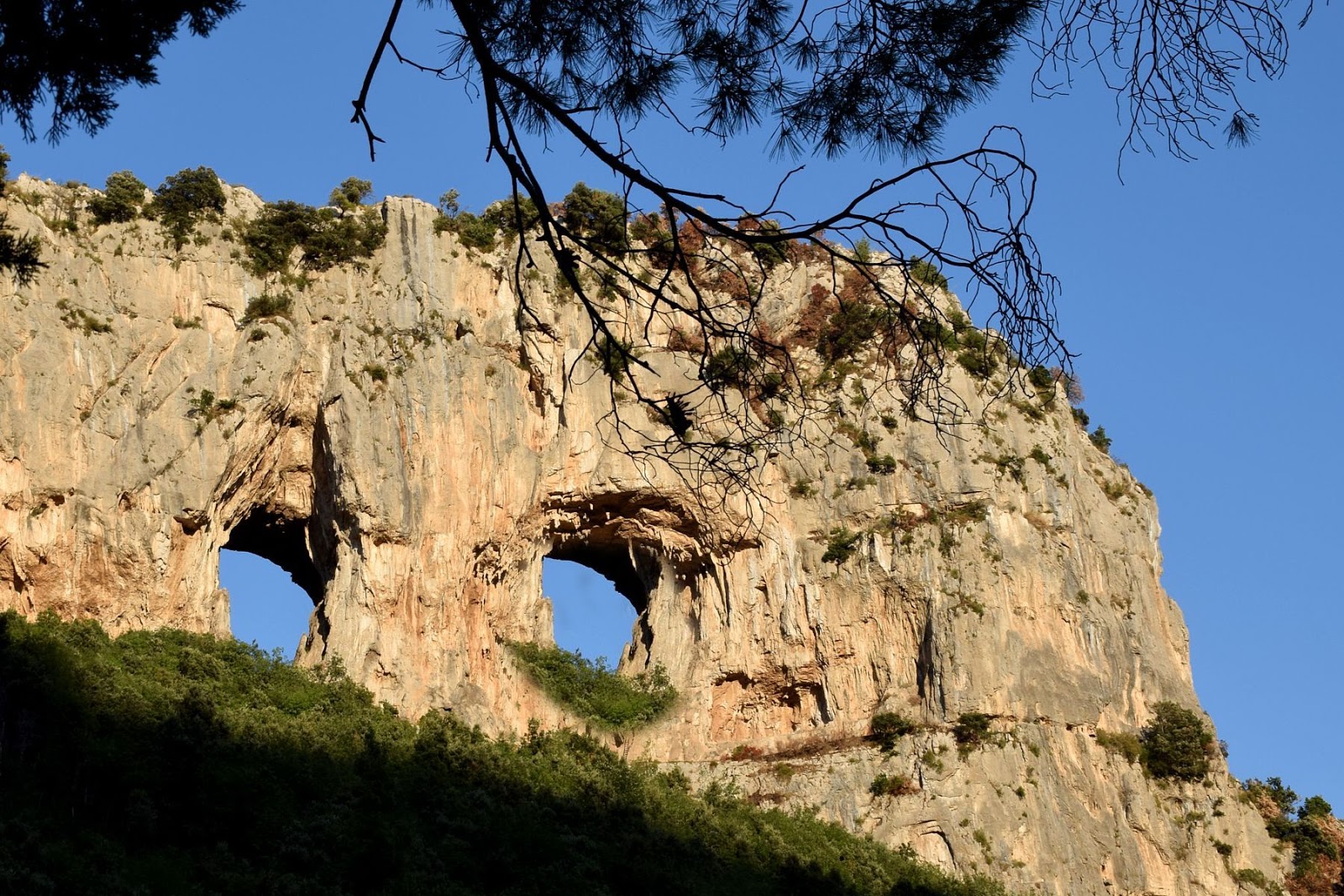Trekking sea: the path of the Gods
GRAND TOUR BLOG | 24 May 2019

Trekking sea: the path of the Gods

The Path of the Gods is a breathtaking route linking Agerola, a small village in the hills of the Amalfi Coast, a Nocelle, village of Positano perched on the slopes of Monte Pertuso.
Just the name to imagine the spectacle of the path: follow it in the direction that goes from Agerola to Nocelle so walking slightly downhill and get in front of the view of the Amalfi Coast and Capri.
Italo Calvino described the Path of the Gods as "That road suspended on the magical gulf of" Sirens "sailed today from memory and myth”, and it is with this phrase inscribed on a ceramic plate that begins the path that is a credit to the entire Amalfi Coast.

Starting location: Agerola o Praiano.
Place of arrival: Nocelle, a fraction of Positano.
Travel time: circa 3 ore.
Kilometres: 7,8 km.
Degree of difficulty: dear. The trail is not recommended for those suffering from vertigo.
Useful info to get
The Path of the Gods begins from Bomerano, fraction of Agerola.
To reach Agerola there are Sita buses that depart from Amalfi, ask the driver for the stop Bomerano. From there follow the road signs that will take you at the entrance of the path.
Partite da Se Positano: Bus + bus to Amalfi Amalfi-Agerola (2 ore)
Partite da Se Sorrento: Buses to Amalfi via Positano + bus Amalfi-Agerola (3 ore)
The trail ends in Nocelle, in upper Positano. You can reach the center by a long staircase (1500 gardens) and about 500 meters to feet. Alternatively there is a bus service. From Positano there are buses and ferries to return to Sorrento and Amalfi.

The environment and the landscape: sea and nature
Pinnacles, rock spiers limestone and deep gorges are lost in a vertiginous greene, placing itself immediately to the attention of the hiker. On both sides, plots of land arranged terrazzo (year, citrus fruits, fig and apple trees) They are distributed on several levels with retaining walls limestone mixed dry mortar and lime.
Along this path, that since ancient acquitted in a major liaison role, were held commercial traffic between the coastal villages (Positano, Hellenic colony) he inland settlements(the plateau of Agerola).
The only terrestrial on the southern slope of the mountains Lattari, between the rugged coastline and the gentle slopes of the Interior, allowed the transit of merchandise come: bran, carbone, latte, spices, timber, textiles, precious stones, pottery, vini e oli.
Several examples of that 'typical coastal architecture, with certain references to the Mediterranean Arab world, are the ruins of ancient houses distributed along the entire route. It continues to walk suspended between spiers, deep gorges, crags and precipices, quercete, caves, paralysis, rovi, broom and numerous species of herbs such as thyme, the sage, rosemary and arugula.


A Magnificent path!
Along the path of the Gods there are also fresh water springs and drinking and when fatigue begins to be felt here is that the village of Nocelle It is ready to welcome travelers. From here you can see very well the 'island of Li Galli, where the Sirens used the song to mislead sailors.
Only Ulysses was able to ride out the stretch of sea because he had himself tied to the mast by the sorceress Circe.
After a stop in Fontana Vecchia Monte Pertuso, the journey continues to Positano and the famous 1700 gardens.
A Monte Pertuso (352 meters high) It is said to have been held a battle between the Madonna and Lucifer, Also traces of that struggle are imprinted in the rock that has a "pertuso".
In dialect, this term means the hole and it seems that it was the Madonna to sink your fingers through the rock. In fact it is a phenomenon of erosion, already seen in other areas of the coast Coast, that has shaped the rocks as if they were stone sculptures.

l Way of the Gods It has the comfortable wooden benches that serve to rest and to look at the strategic points of the coast as the Faraglioni of Capri, Punta Penna, Mount San Costanzo, the chain of Lattari Mountains and Mount Municipality.



